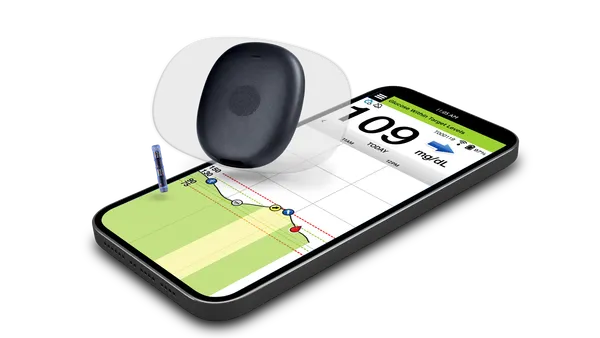Dive Brief:
- Despite growing interest in telehealth options, relatively few doctors are using the service, a new study in Health Affairs finds.
- In 2016, just 15.4% of doctors worked in practices that employed telemedicine for a wide range of patient interactions — from e-visits to storing and forwarding diagnostic imaging results, according to American Medical Association researchers who reviewed data from 3,500 doctors in that year's Physician Practice Benchmark Survey.
- During that time, 11.2% of doctors worked in practices that used telemedicine for interactions between doctors and other healthcare professionals. In both cases, specialties and larger practices were more likely to deploy the technology than small and general practices.
Dive Insight:
A number of challenges contribute to low uptake of telehealth, including regulatory barriers, lack of internet connectivity, prohibitive costs and reluctance of some physicians and patients to try something new.
In a report to Congress earlier this month, CMS blamed current Medicare law — which requires patients be in an originating site when receiving telehealth services — for the lack of the technology's usage among older Americans. Such sites must be in a rural health professional shortage area or a county outside a metropolitan statistical area or must be participating in a federal telemedicine project to use telehealth services. In 2016, just 0.25% of the 35 million fee-for-service Medicare enrollees use used the option.
By contrast, telehealth use among commercially insured appears to be catching on and growing fast. From 2005 to 2014, annual telehealth visits grew at an annual rate of 52%, and the pace surged to 261% between 2015 and 2017, according to a recent JAMA study.
In the AMA study, radiologists (39.5%), psychiatrists (27.8%) and cardiologists (24.1%) had the highest telehealth use, but their reasons for using it varied. For example, radiologists frequently used the modality to diagnose patients and store and forward data. Psychiatrists like the option for patient-facing video conferences, while cardiologists employed it to monitor patients remotely and manage chronic diseases.
Videoconferencing was also the most common telehealth modality, making up 12.6% of physician use. Insurance coverage may explain that finding, as many state parity laws refer to videoconferencing in definitions of telehealth, according to the study. Still, the data did not show an association between telehealth use and state parity laws. Rather, the major barrier may be costs of purchasing and setting up a telemedicine program.
"Our work suggests that despite regulatory and legislative changes designed to encourage the use of telemedicine, the financial burden of implementing it may be a continuing barrier, especially for small practices," the authors write. "Even after we controlled for specialty differences, we found that physicians in larger practices and ones that were not physician owned were more likely to report the their practices used telemedicine for interactions with both patients and health care professionals."












